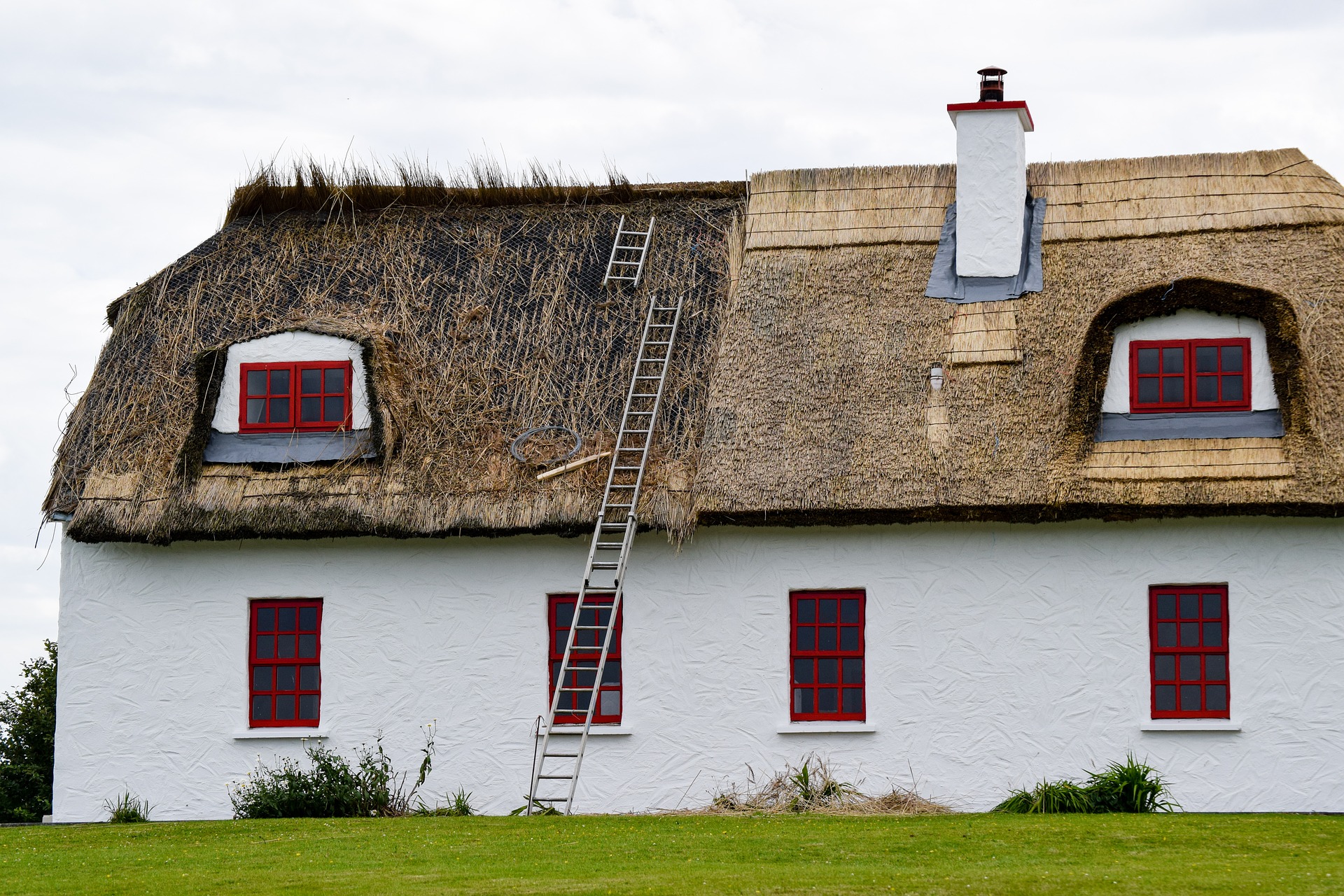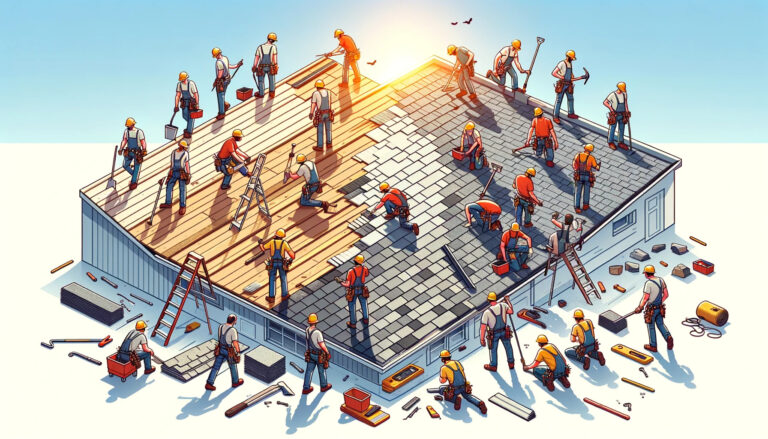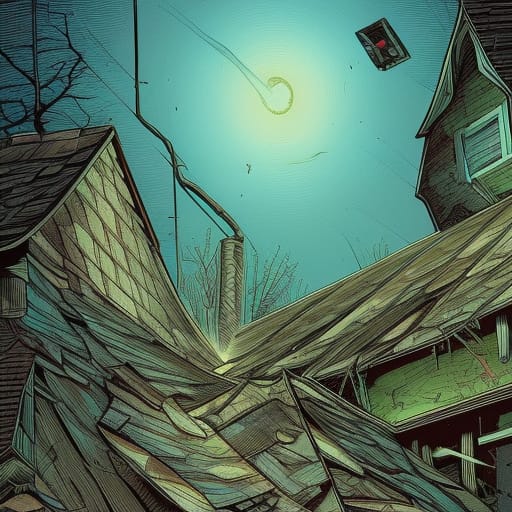A Thatched roof is a roof that is made from materials such as water reed, straw, grass, bracken fern, sedge plants, and wood shingles. In some areas, they are referred to as “thatch roofs” or “thatch-thatched roofs” though the term applied can vary depending on the dialect or language of the region in which they are used. Thatch is very old roofing material. In fact, historically there were periods where it was more common than either wooden or stone buildings due to ease of construction and the availability of many different types of thatch.
How long does a thatched roof last
Put simply, thatch can last up to 60 years with proper care and maintenance. The lifespan of a thatched roof depends on many different factors though including ;
- The type of material used for thatching the roof.
This is probably the most important deciding factor when it comes to how long does a thatched roof lasts. With so many different types of materials being used to thatch roofs, there are many distinct qualities that each one of them brings to the table. The most common materials used for thatching roofs are;
Water reed- This type of material is at present, comes the closest to competing with traditional hardwood and stone roofing materials in terms of durability. Not only do they look aesthetically pleasing but they also last a very long time even if not maintained regularly.
Longstraw- This material appears much more shaggy than the water reed. The install process is much more laborious and has a lifespan of only 15-25 years.
- How often does the roof require maintenance?
How often does some sort of maintenance needs to be done on the roof after it has been built depends entirely on its location, environment and how well it’s been constructed. A thatched roof that is located somewhere where people frequent will certainly need more attention than some remote self-built hut that is not directly frequented by people.
- Weather and climate factors
The weather and climate of the area in which the roof resides have a massive effect on how long does a thatched roof lasts. Areas with high humidity tend to promote mold and rot due to the moisture and this will inevitably shorten how long does a thatched roof lasts there. The same goes for areas with heavy rainfall or high wind speeds as they can damage the structure over time especially if it’s not built well enough to handle such extreme conditions.
However, all things considered, it is possible for such roofs to last as much as 50 years (some cases even longer) depending on their material, location, environment, and how well it was built, to begin with.
- How well is it built?
The structure of the roof itself also has a large effect on how long does a thatched roof lasts. If the walls have not been properly attached to them this may cause damage over time due to environmental factors such as wind and rain erosion. It’s very important that such structures be built strong enough (and with good quality materials) in order to handle all sorts of weather conditions especially for roofs that are intended to last longer than average.
- Protection from the elements
The roofing material itself is a very important aspect of how long does a thatched roof lasts. The more protected by the structure it is the better chances there are for it to survive for many years without much incident. A roof with numerous tears and holes will inevitably suffer damage due to weather-related erosion so regular repairs need to be done in order to ensure its well-being.
- Location
A little known fact about roofs is their positioning on any given building greatly affects how long does a thatched roof lasts because of the exposure they have to different variations of weather which can cause damage over time if not properly maintained or taken care of. It’s important that you check out what sort of environment your roof will be exposed to and how well it can withstand weather changes.
- Species of thatch used
The type of species used for thatching the roof also has a large effect on how long does a thatched roof lasts as there are many different types with each one having its own special (and often unique) set of characteristics which makes it suitable for certain environments over others. If you want your roof to last longer than average you should consider using the right material for your particular location.
- Maintenance
Besides just location, there are other factors that affect how long does a thatched roof lasts such as maintenance. It’s very important that if ever damage or wear occurs then immediate action is taken in order to prevent further damage. If left unattended for a long period of time the roof may not be able to function as it’s supposed to and thus shorter its life expectancy.
The above are all the main factors that determine how long does a thatched roof lasts. The location, environment, duration of exposure to sunlight, type of material used, and how well it’s built are all essential factors in determining its overall lifespan. While it may be possible for some roofs to last up to 50 years if things go right some may only manage 10 while others could end up lasting far less depending on how they’re affected by environmental factors.
Conclusion
Thatched roofing is a very dated way of protecting a building. There have been really well-thought-out products that cover your roof and last for many many years such as asphalt shingles and tile roofs. I would recommend installing one of those instead.
If we missed anything or if you have more questions about this style of roofing please reach out to us.
We serve residents in Sherman, McKinney, Dallas, Fort Worth, Frisco, and more.
Call us at (888)-ROOF-NOW or contact us online through our form or live chat!








2 Responses
Lol ,your missing the point of thath
Great article with some great information!